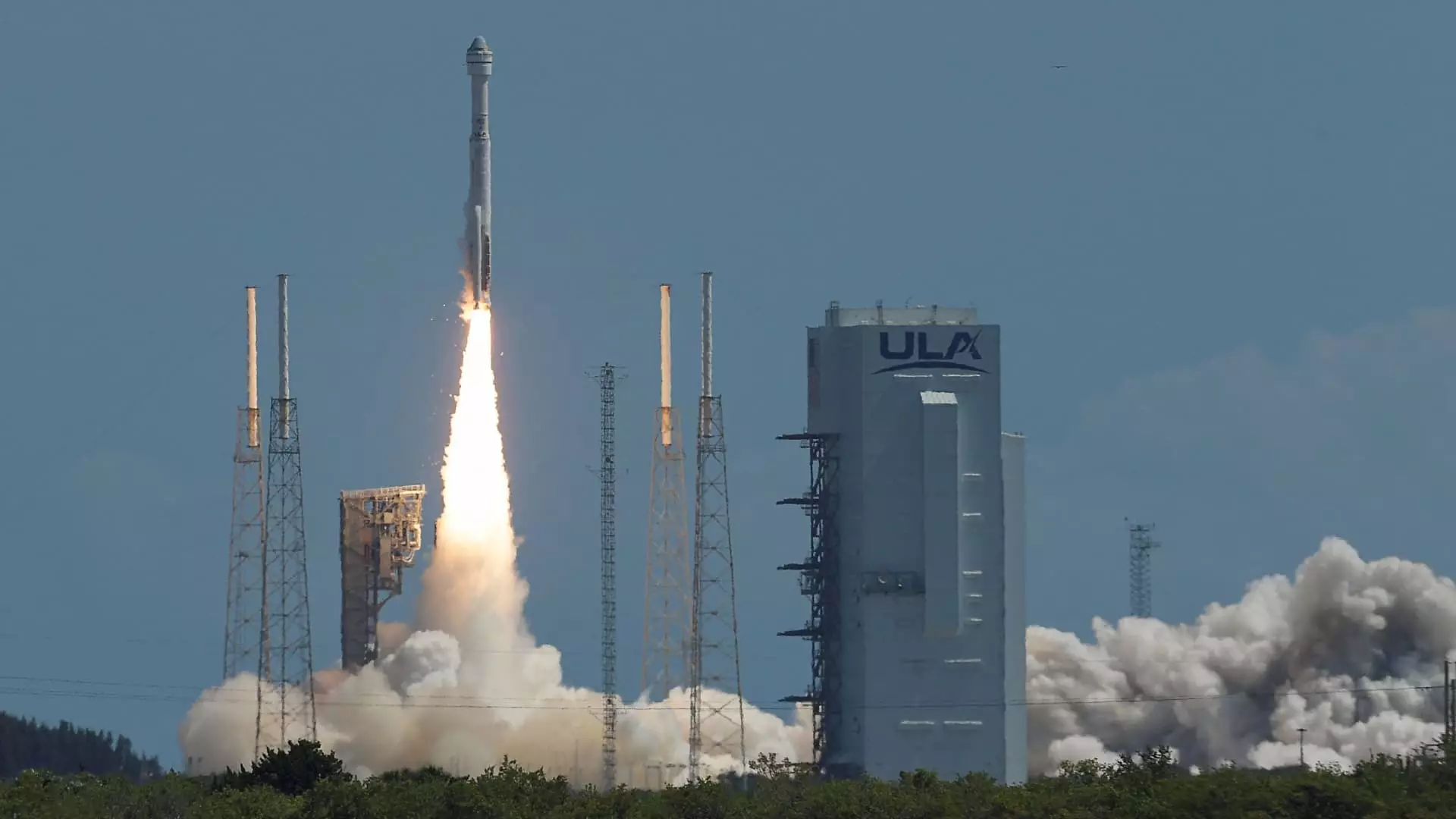Boeing’s recent launch of its Starliner capsule with astronauts on board marks a significant milestone in the company’s efforts to certify the spacecraft for NASA missions to the International Space Station. The launch, which took place on Wednesday, was the culmination of a series of delays and setbacks that have plagued the Starliner program. Despite the successful liftoff, there are several key issues that need to be addressed before the spacecraft can be deemed fully operational.
The Starliner program has faced numerous challenges since its inception, resulting in significant delays and cost overruns. Boeing has encountered technical issues, such as faulty valves and computer malfunctions, that have forced multiple launch attempts to be postponed. The most recent delay was caused by a helium leak in the spacecraft’s propulsion system, which required extensive assessments and repairs. These setbacks have not only delayed the schedule of Starliner flights but have also strained Boeing’s relationship with NASA.
Boeing’s Starliner program was once positioned as a competitor to SpaceX’s Dragon capsule, which has been successfully flying astronauts to the ISS since 2020. However, repeated delays and setbacks have caused Starliner to fall behind in the race to become NASA’s primary spacecraft for crewed missions. SpaceX’s Dragon capsule has proven to be more reliable and cost-effective, leading NASA to reassign astronauts from Boeing’s initial crewed flights to SpaceX missions. This shift in priorities has put Boeing at a disadvantage in the commercial crew program.
Despite the challenges faced by the Starliner program, Wednesday’s successful crewed flight test represents a crucial step towards obtaining NASA certification for regular missions. The astronauts on board, Butch Wilmore and Suni Williams, bring a wealth of experience to the mission, having both flown multiple spaceflights in the past. The Starliner capsule itself is designed to accommodate up to four astronauts and a substantial amount of cargo, making it a versatile spacecraft for future ISS missions.
Boeing’s launch of the Starliner capsule with astronauts on board is a significant achievement, despite the program’s many setbacks. The successful flight test demonstrates the potential of the spacecraft to support NASA’s crewed missions to the ISS. However, the company must address the technical issues and delays that have plagued the program to ensure its long-term viability. With SpaceX’s Dragon capsule currently leading the commercial crew program, Boeing faces an uphill battle to establish itself as a reliable and cost-effective provider of crewed spaceflight services.

